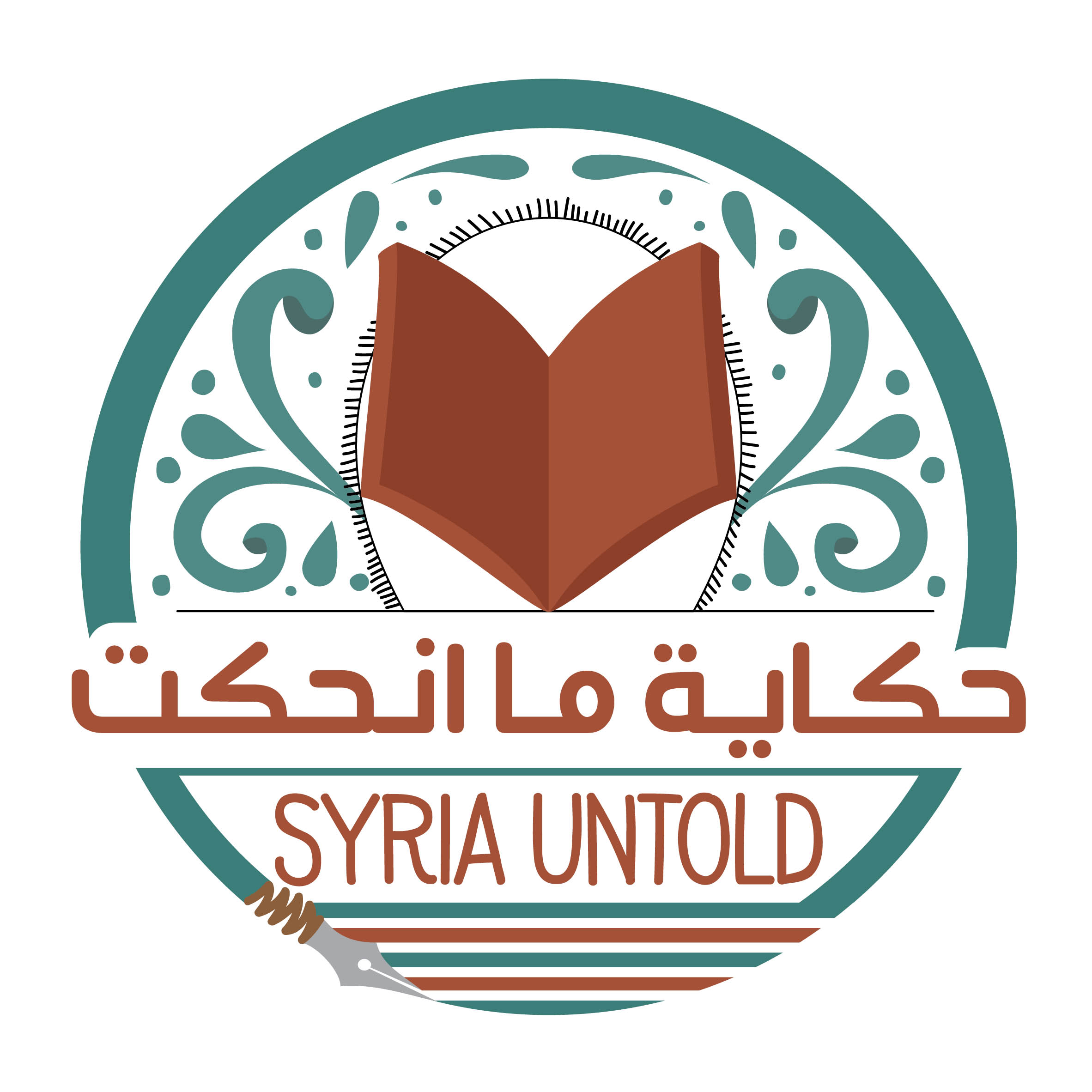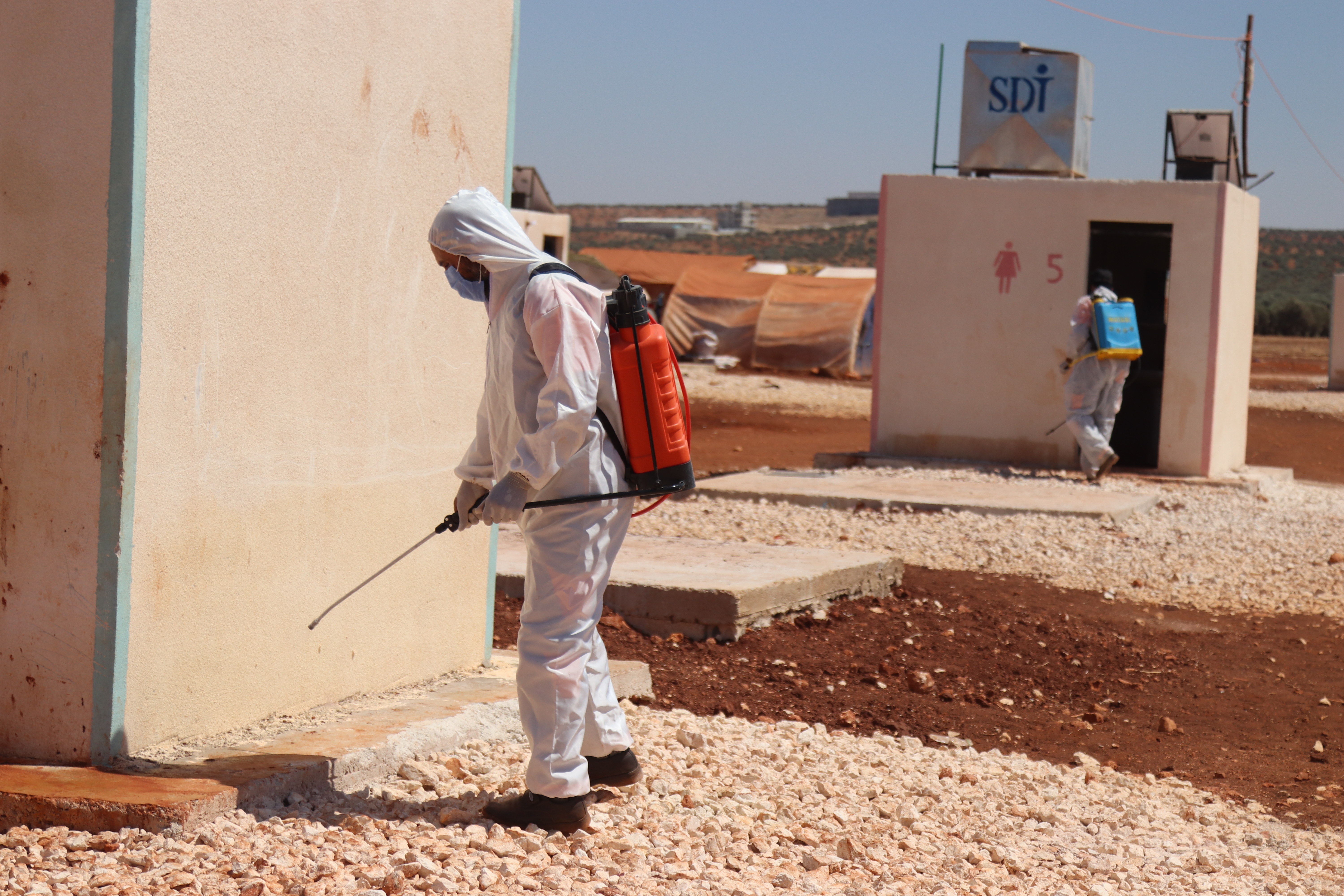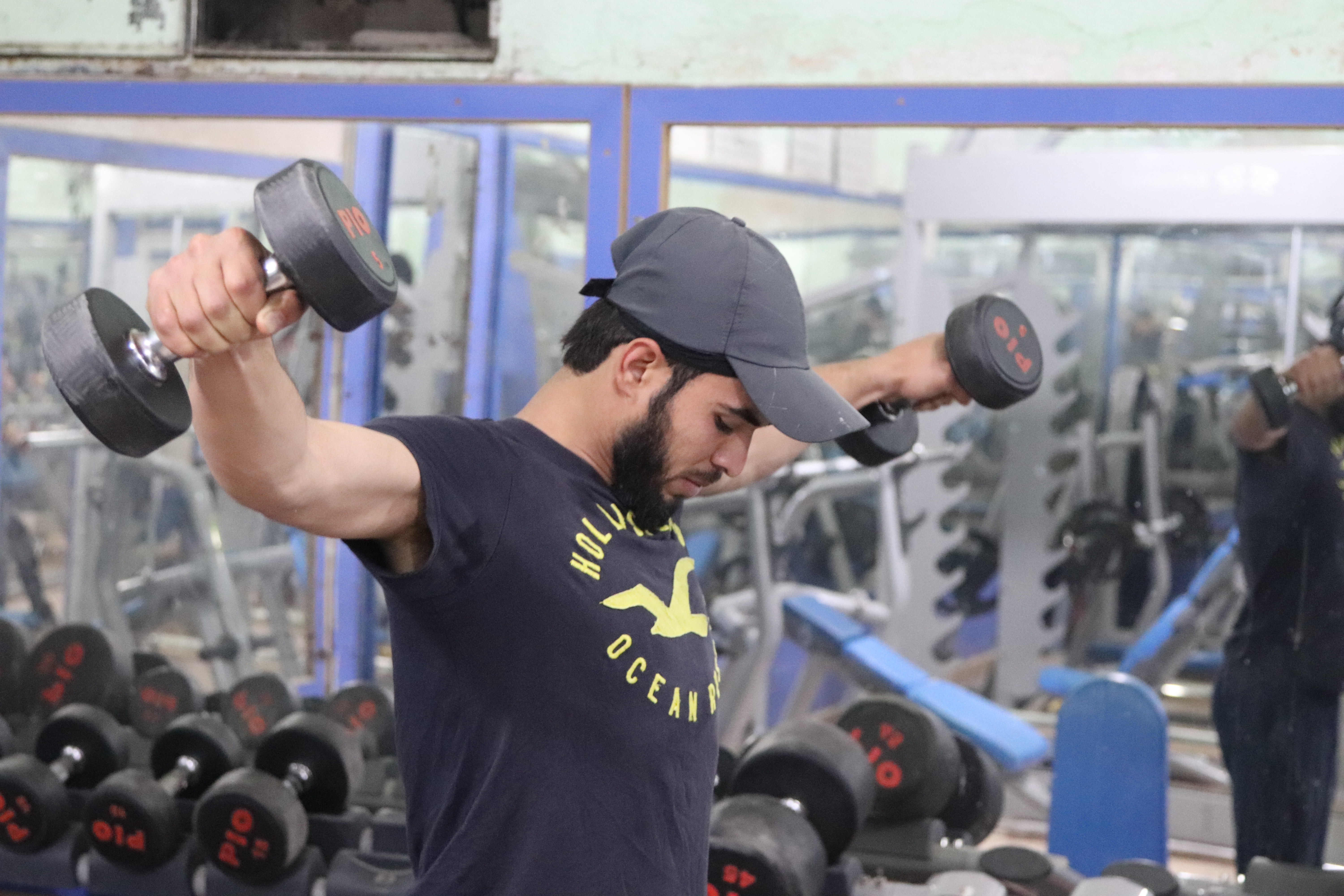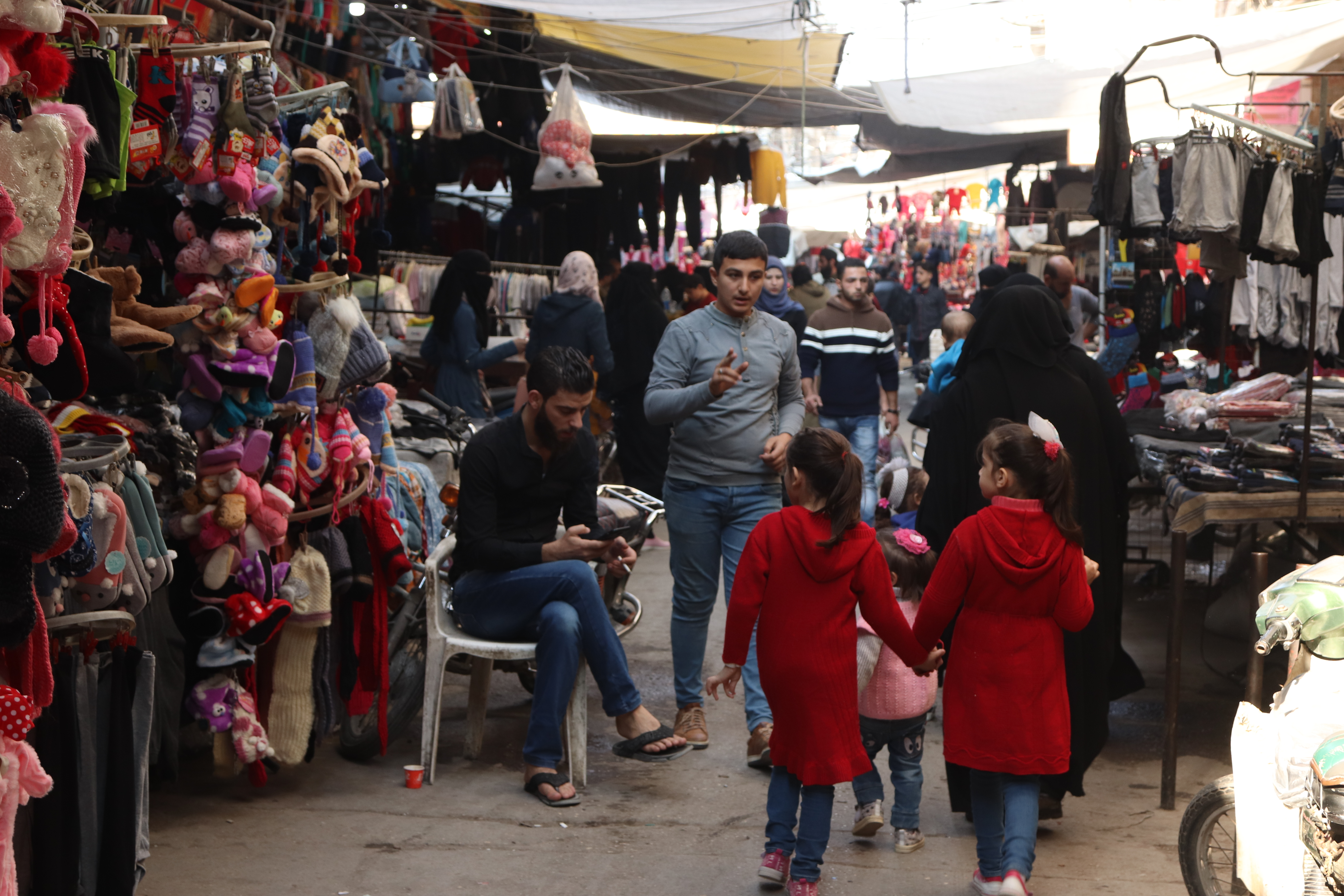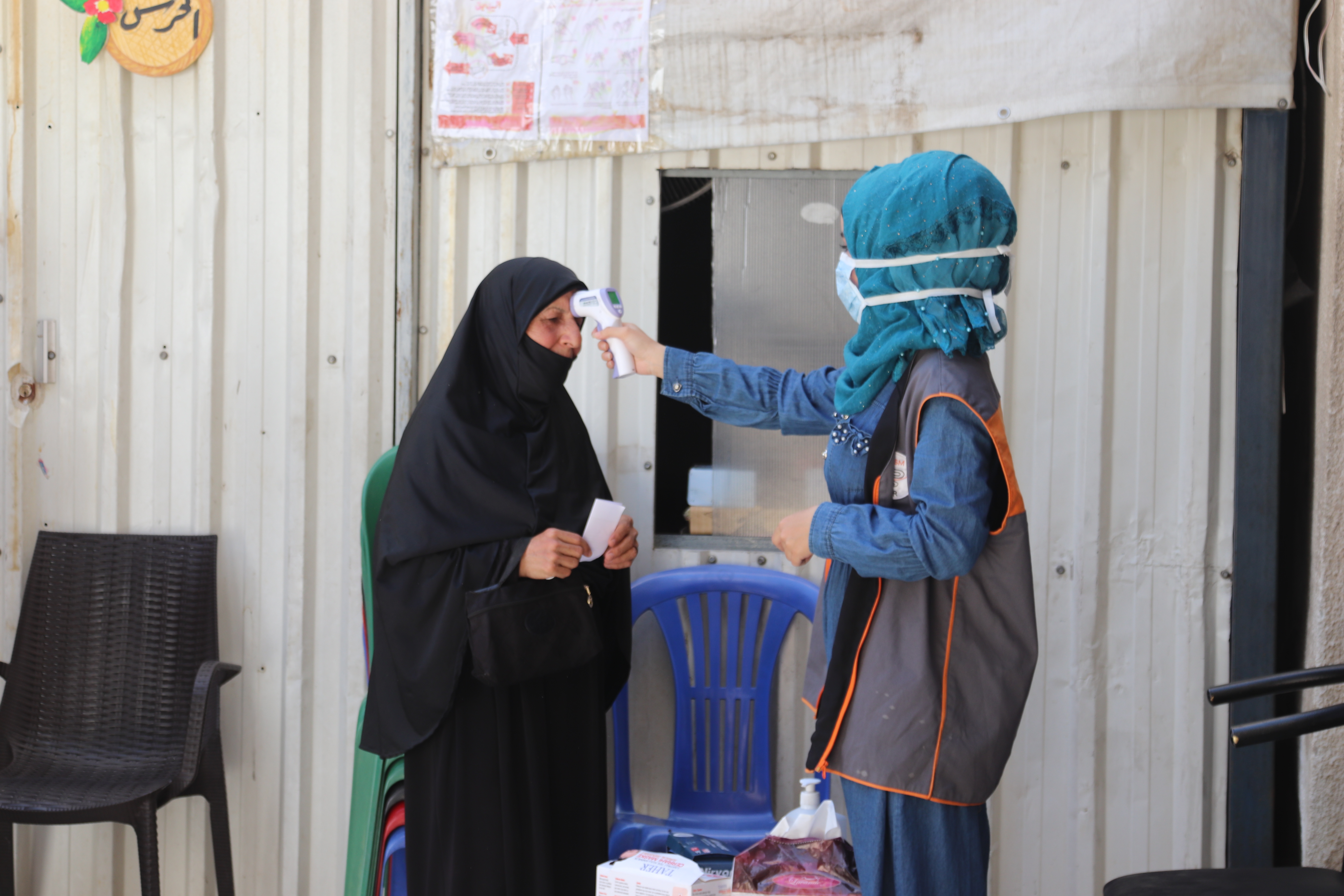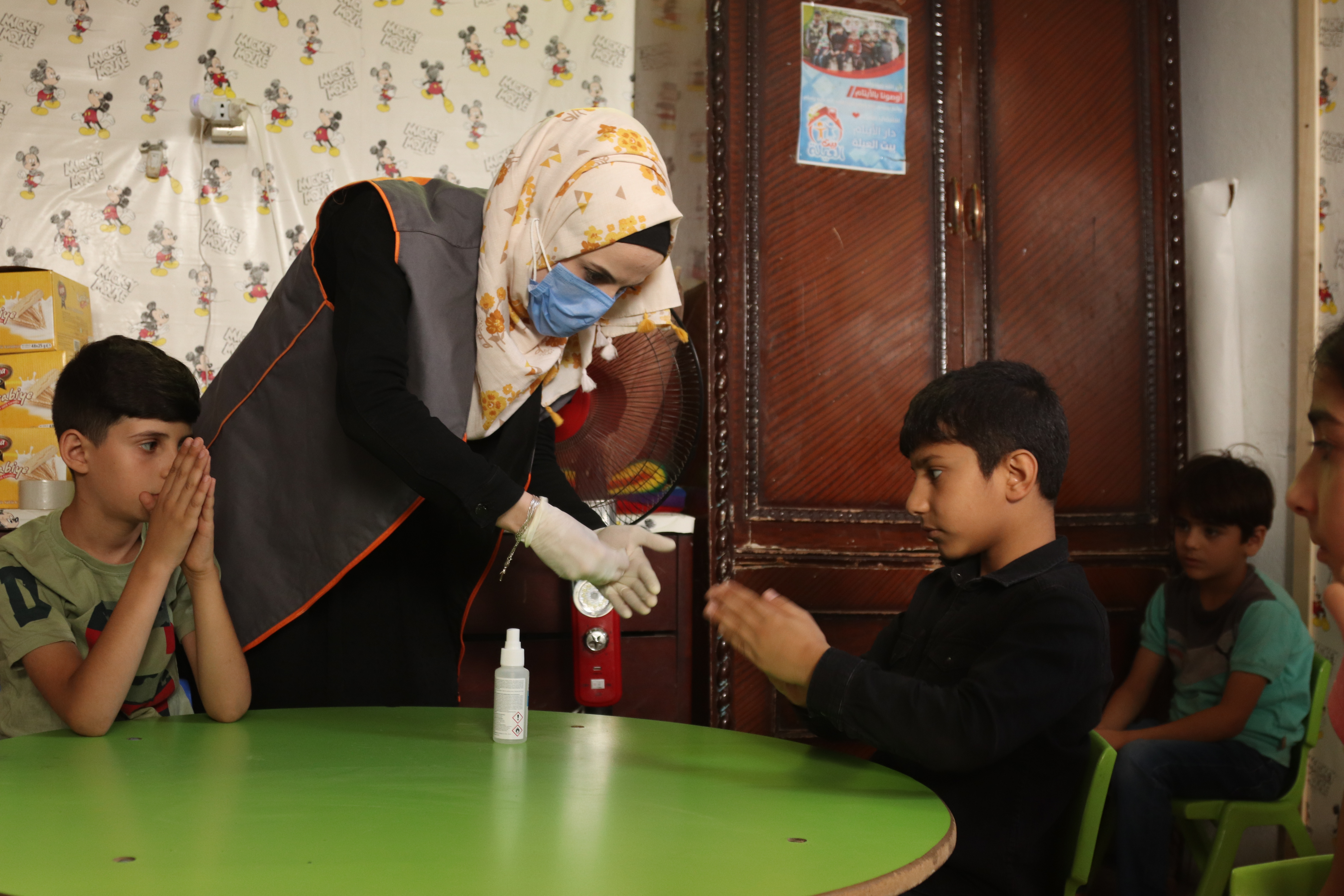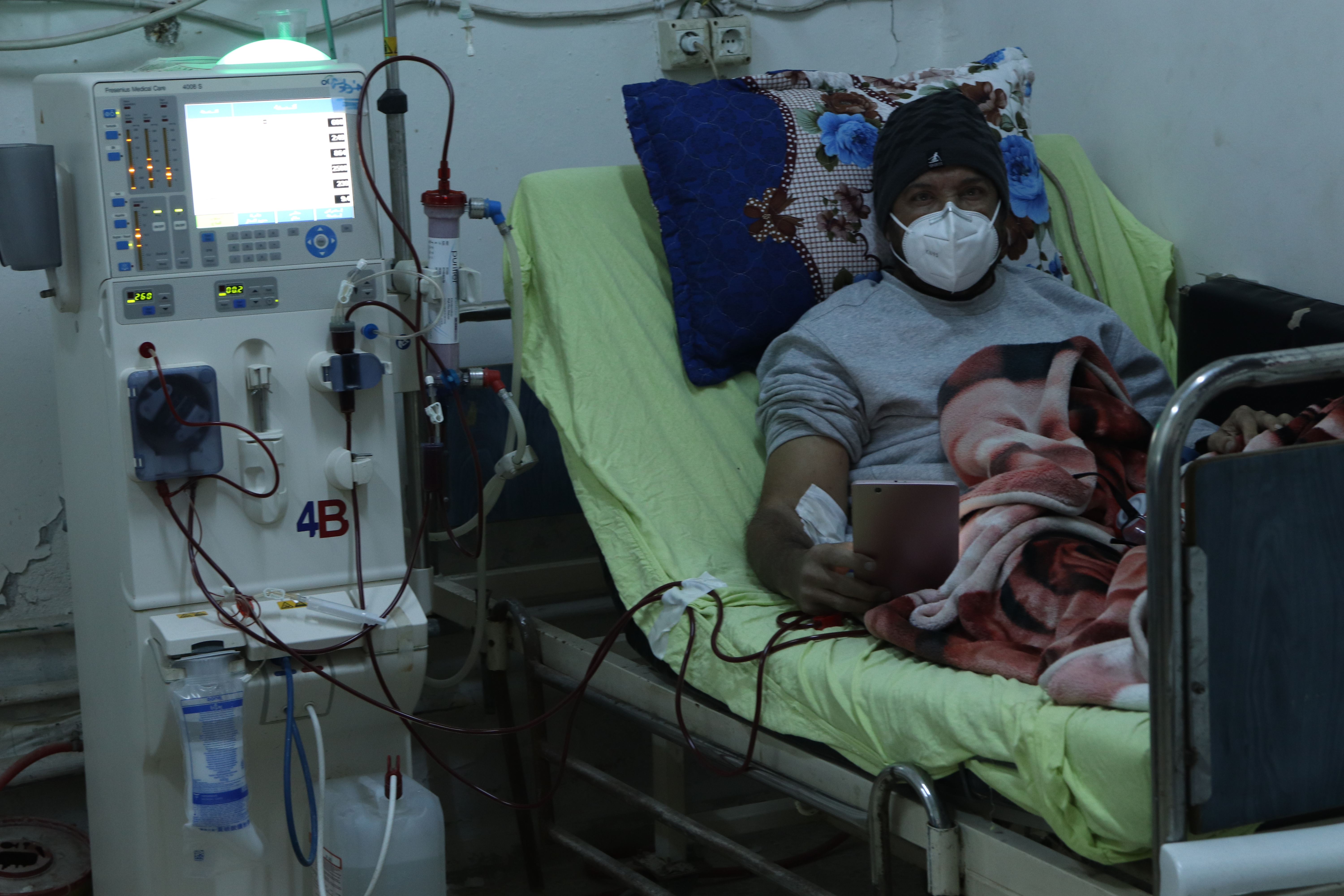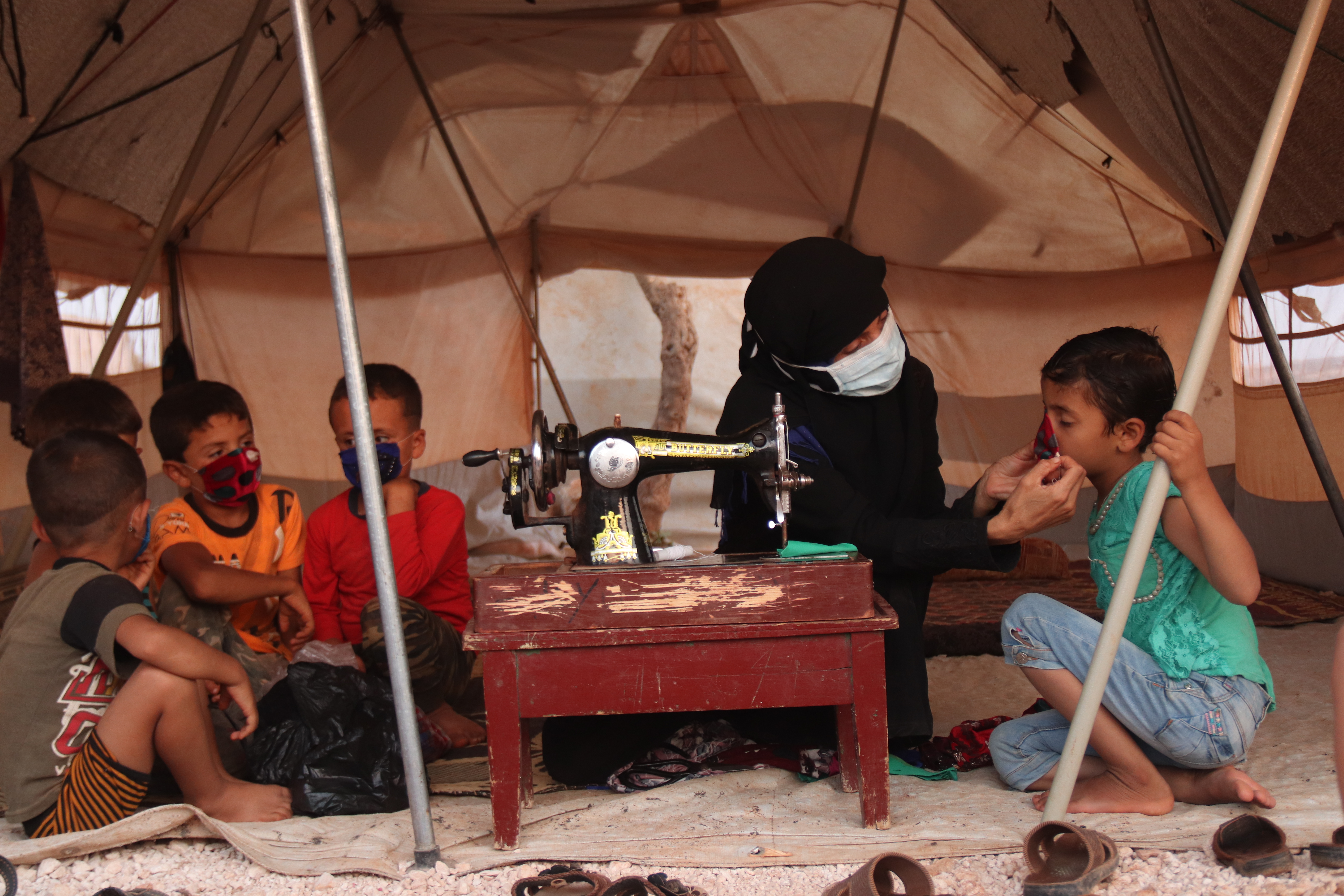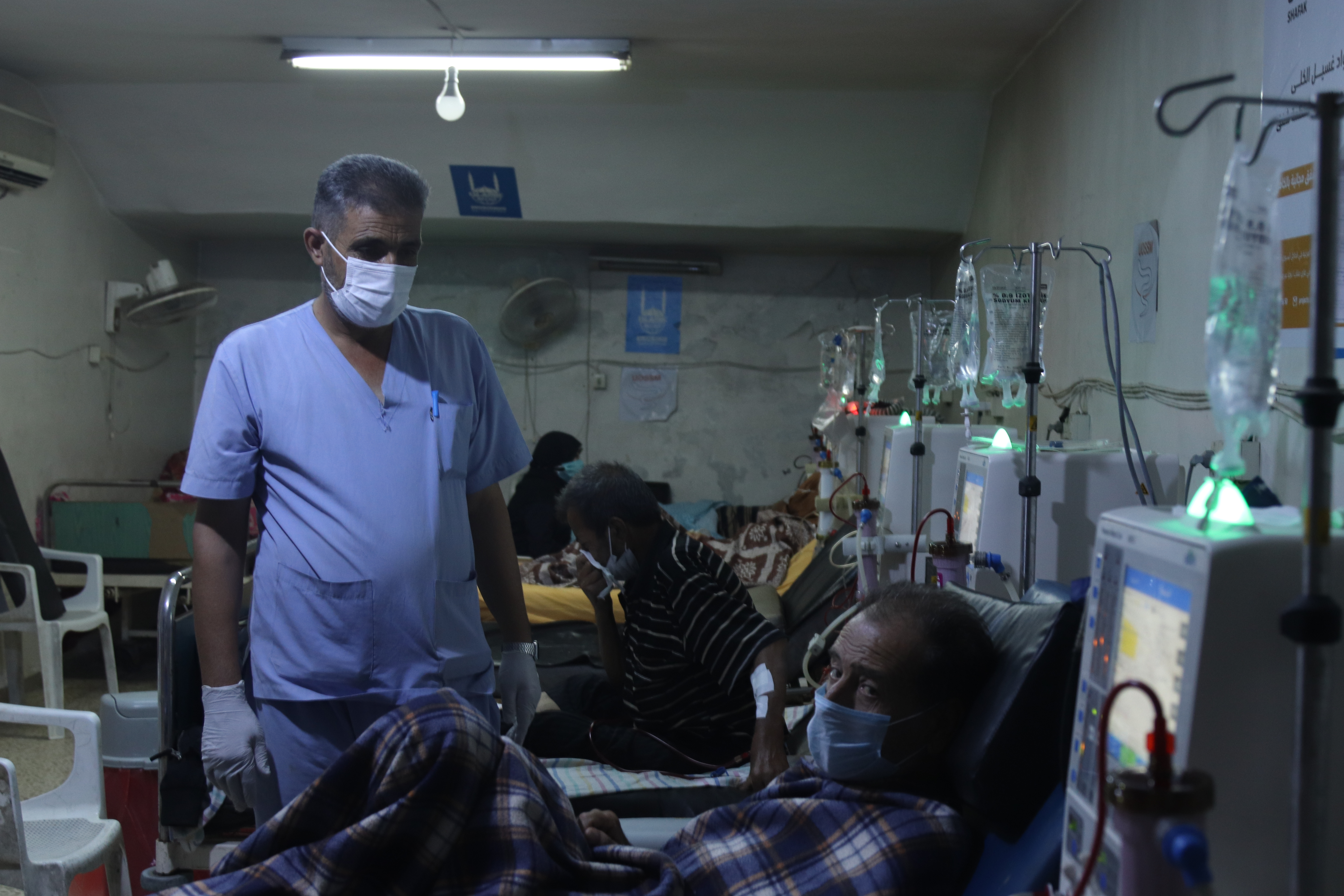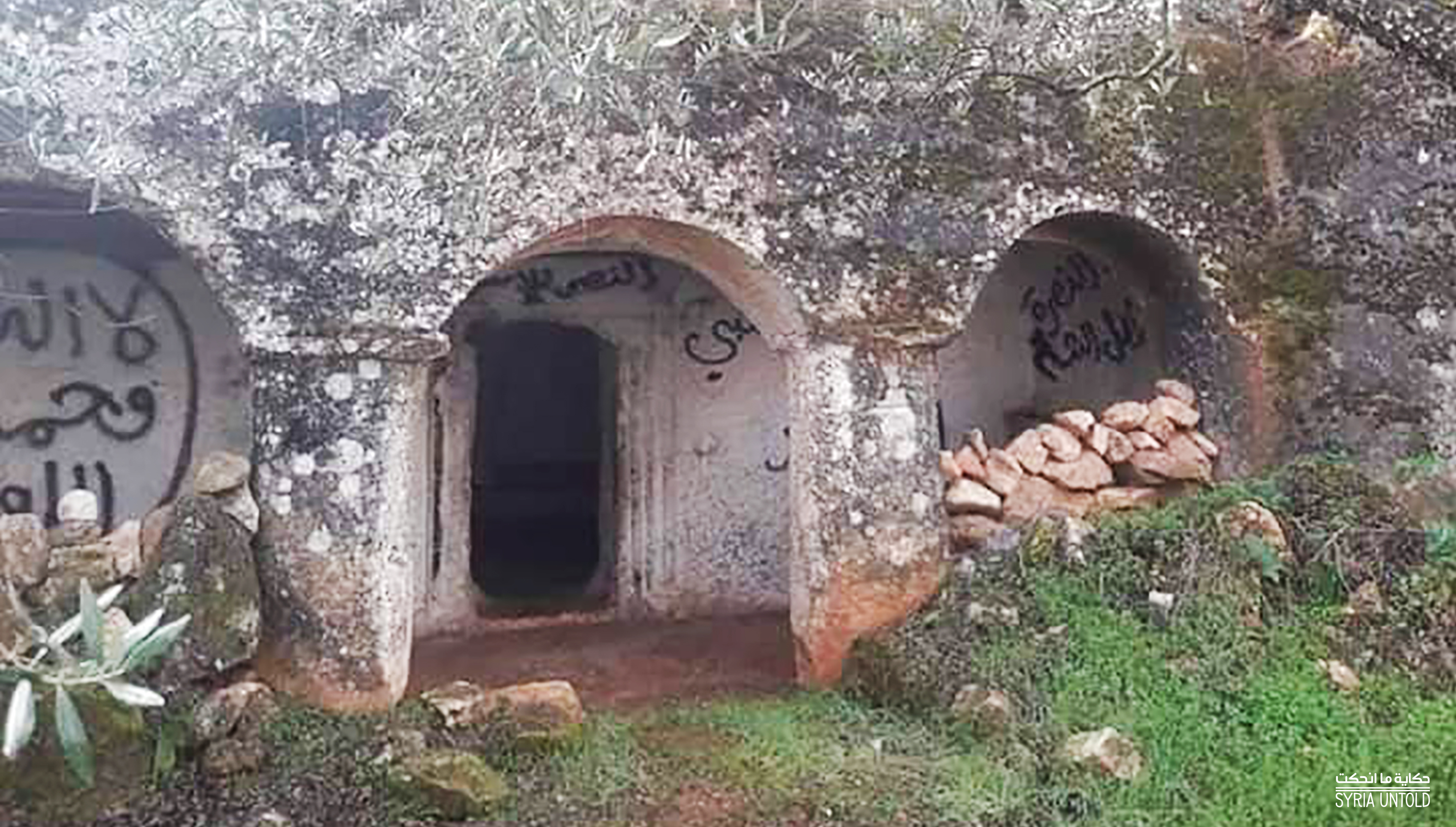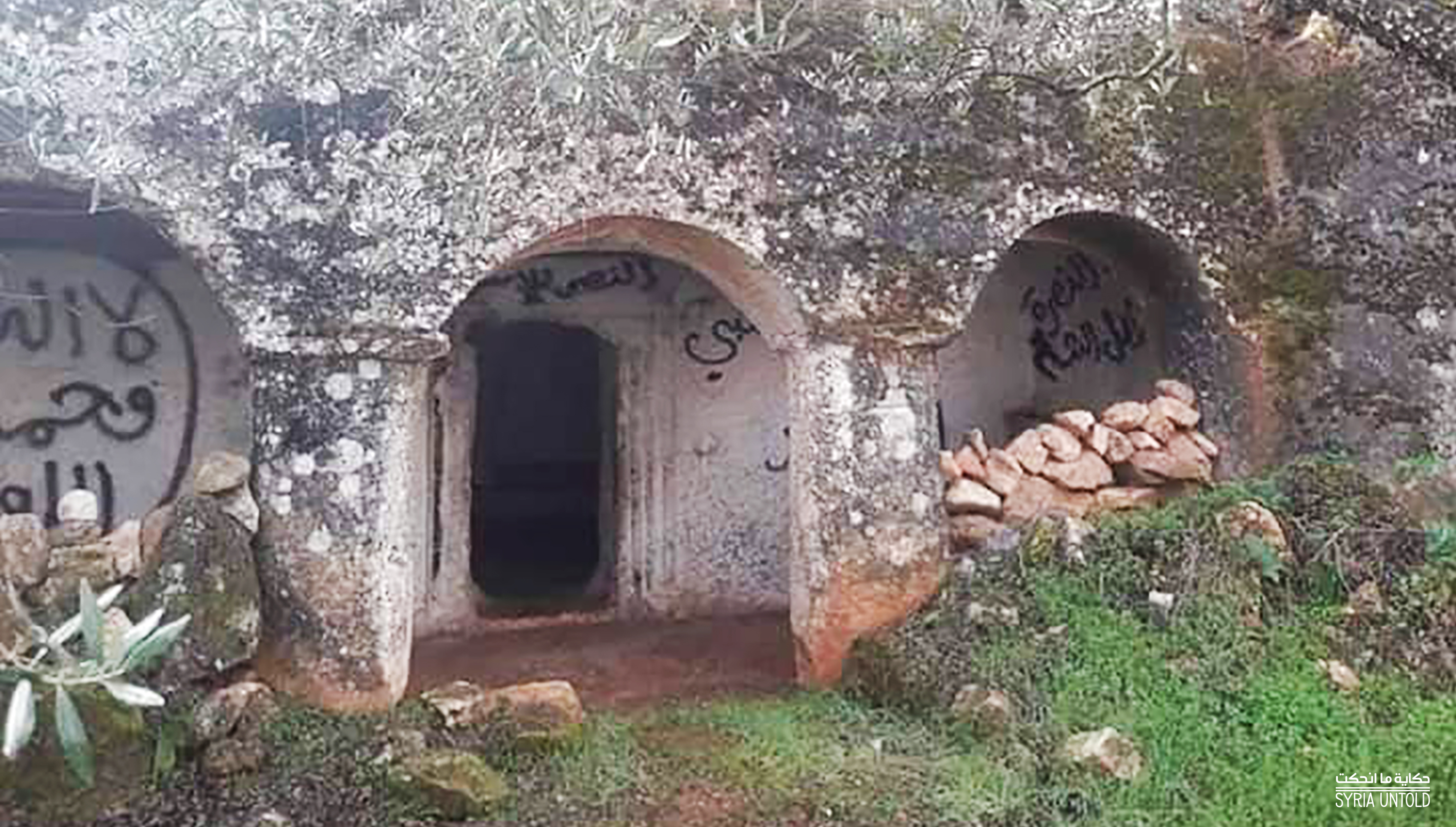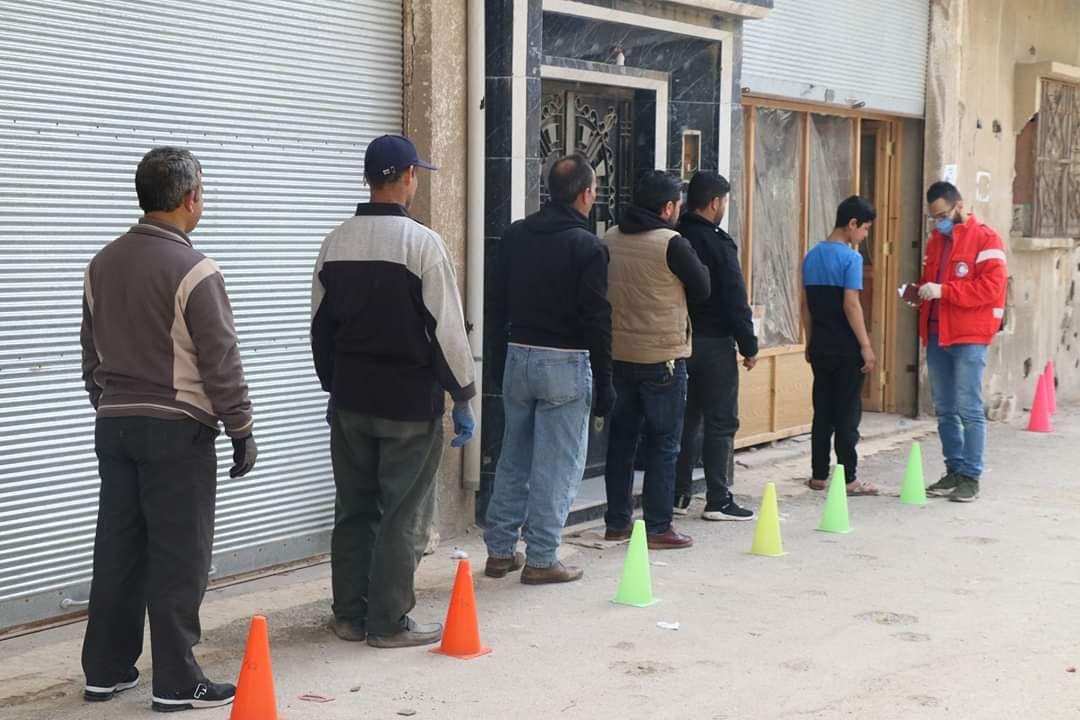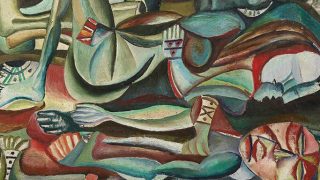Syria’s northwest has witnessed a dangerous rise in COVID-19 cases in recent days, spurring concern from doctors that Idlib could become another epicenter of the virus’ spread in Syria.
Thursday saw nearly 500 new cases, with Friday counting at 525, according to the opposition-run Idlib Health Directorate and EWARN, a UN-run network of health organizations collecting data on the COVID-19 outbreak. Intensive care beds are reportedly at high capacity.
Medical and aid workers in northwestern Syria have long warned that the virus could have disastrous effects on Idlib and surrounding opposition-held countryside. A massive, year-long bombing campaign by Syrian and Russian forces deliberately destroyed dozens of medical facilities and drove one million people from their homes.
Of the estimated four million displaced people in Idlib and nearby areas of rural Aleppo, about 1.5 million live crammed into poorly served camps without proper sanitation. For many residents, social distancing is a dream, and practices such as persistent hand washing or wearing masks are simply out of reach due to the costs, or lack of access to hygiene supplies.
Idlib photojournalist Muhammad Al Hosse set out in recent days and months to see how COVID-19 is impacting everyday life for people both in the provincial capital and in the displacement camps and farms spread out across the countryside. Here is some of what he saw.
A team from UOSSM, an alliance of medical aid organizations, works to disinfect a displacement camp in the rural northern Idlib town of Harbanoush in late October. (Muhammad Al Hosse for SyriaUntold.)
According to one doctor in Idlib, citing data from colleagues, less than 20 percent of people in the region are wearing masks regularly. About 40 kilometers south of the camp in Harbanoush, in Idlib city’s al-Nujoum Gym, a handful of mostly young men gather in early November to lift weights and jog on treadmills.
Only one of them, a young man jogging in gloves and a hoodie, can be seen wearing a mask. Nearby, 24-year-old Ali, pictured above, does arm workouts. There don't appear to be any dedicated disinfecting measures at the gym. “Coronavirus has already taken up so much of our time,” Ali says. (Muhammad Al Hosse for SyriaUntold)
For some, masks and other basic needs such as food are becoming more difficult to afford. The Syrian lira went into freefall earlier this year, prompting authorities in the northwest—who are affiliated with the hardline Islamist group Hay’at Tahrir al-Sham—to officially adopt the Turkish lira. But even the Turkish lira has since seen inflation, and the pandemic has only exacerbated the lack of work opportunities. (Muhammad Al Hosse for SyriaUntold)
Economic woes also extend to medications. At the Aya Charity Pharmacy in Idlib city, which runs off of donations, residents line up for free medications one day in September. There, a volunteer takes customers’ temperatures before she enters the shop. (Muhammad Al Hosse for SyriaUntold)
A volunteer from UOSSM shows children at an orphanage in Idlib city in September how to keep their hands clean with sanitizing spray. (Muhammad Al Hosse for SyriaUntold)
Abu Ahmad, 50 years old, undergoes kidney dialysis at the Ibn Sina Hospital in Idlib city. He also suffers from hepatitis, and fears that his medical condition may put him at increased risk if he becomes infected with coronavirus. There is little he can do except wear his mask often and stay at home in between visits to the kidney dialysis clinic, where he scrolls through Facebook on his tablet to pass the time. (Muhammad Al Hosse for SyriaUntold)
Umm Ahmad sits in her tent in a displacement camp north of Idlib. She lives there with her children after fleeing their hometown of Tah in southern Idlib. A seamstress by trade, she took her sewing machine with her to the camp. Now, she uses it to sew masks out of old cloth scraps for her children and others in the camp. She says she prioritizes children, people with chronic illnesses and the elderly. (Muhammad Al Hosse for SyriaUntold)


